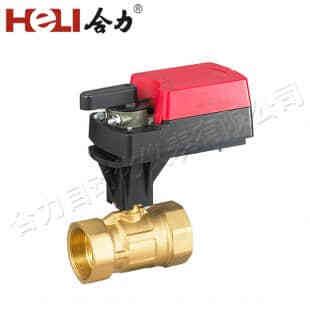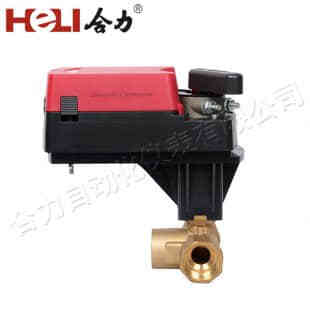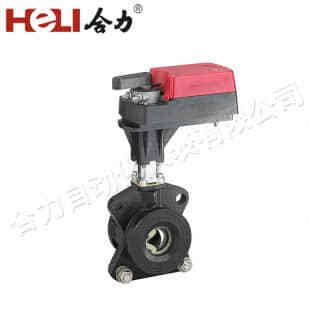Damper actuators are integral components in modern heating, ventilation, and air conditioning (HVAC) systems. They play a crucial role in regulating airflow and maintaining indoor air quality and comfort. As energy efficiency becomes increasingly important, the significance of damper actuators in controlling and optimizing HVAC operations has never been more pronounced. This article explores the functionality, types, applications, and benefits of damper actuators.

What is a Damper Actuator?

A damper actuator is a device responsible for opening and closing dampers, which are mechanical components that control the flow of air within a duct or ventilation system. By adjusting the position of the damper blades, these actuators regulate airflow to different areas of a building, enabling efficient climate control and ventilation. Damper actuators can be categorized into two primary types: electric and pneumatic. Electric actuators utilize electrical energy to operate, while pneumatic actuators rely on compressed air. Functionality of Damper Actuators The primary function of a damper actuator is to position the damper blades based on signals received from a building management system (BMS) or a thermostat. When the system detects a temperature change or adjusts the airflow requirements, it sends a command to the actuator. The actuator then adjusts the damper’s position to either allow more or less airflow.
